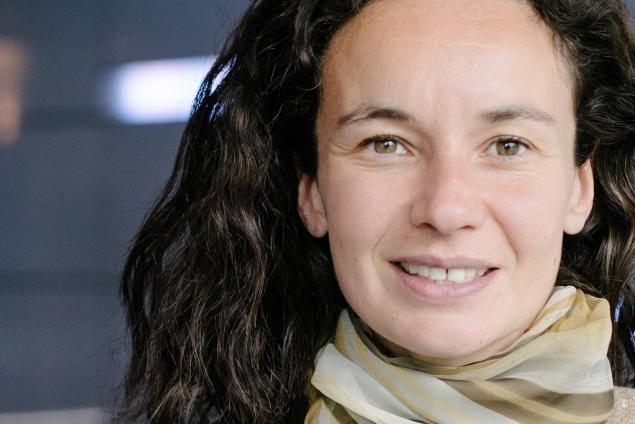Over decades, beliefs such as ’the magnetic fields of planets in our solar system are all the same’ or ’moons don’t have magnetic fields’ were widely held. Using the example of Ganymede, Jupiter’s biggest moon, both premises were proven wrong. ULRICH R. CHRISTENSEN examines the theory of the so-called iron snow regime as the cause of magnetism: This theory assumes that iron crystallizing at the top of Ganymede’s core, sinking down as snowflakes, and remelting at greater depth generates a dynamo process within the core and creates the magnetic field. A simulation tailored to the scenario clearly displayed the characteristics of Ganymede. As explained in this video, the insights gained hereby confirm the theory of the iron snow regime driving the dynamo process of Jupiter’s biggest moon. Furthermore, the model matches the other known facts about Ganymede. More details about the moon are expected in the early 2030s when the JUICE Mission will provide further data.
DOI:
https://doi.org/10.21036/LTPUB10267
Researcher
Ulrich Christensen is the Director of the Max Planck Institute for Solar System Research, Göttingen. Christensen’s research revolves around the interior structure and dynamics of planets in the solar system. His overarching question interrogates the similarities and differences between planets and what makes the Earth a habitable planet.
In particular, Christensen investigates the magnetic fields of different planets, by looking at a dynamo process model. For this and his other fields of research, Christensen was elected to the German National Academy of Sciences Leopoldina, as a fellow of the American Geophysical Union and as an honorary fellow of the European Union of Geoscience.
Institution
The cosmic neighborhood of the Earth is the central topic of the research at the Max Planck Institute for Solar System Research: the solar system with its planets, moons and diverse small bodies like comets and asteroids, and, of course, the Sun. Based on numerical simulations and novel measurement techniques the researchers probe the deep interior of our star and investigate its gaseous envelope, the solar magnet field and high-energy particles emitted by the Sun into space. Likewise they examine the surface and the interior of the planets as well as their magnetospheres, rings and moons. Further research areas comprise comets, asteroids and planetoids. The researchers develop physical models in order to specify the crucial processes, and evaluate them in numerical simulations. In addition the Max Planck Institute for Solar System Research is involved with scientific instruments in numerous missions of international space agencies.
Original publication
Iron Snow Dynamo Models for Ganymede
Christensen Ulrich R.
Icarus
Published in 2015
Reading recommendations
Core Dynamo
Christensen Ulrich R.
Encyclopedia of Solid Earth Geophysics
Published in 2011
Planetary Fields and Dynamos
Christensen Ulrich R.
Heliophysics
Published in 2010
Planetary Magnetic Fields and Fluid Dynamos
Jones Chris A.
Annual Review of Fluid Mechanics
Published in 2011
Planetary Dynamos
Friedrich H. Busse and Radostin Simitev
Treatise on Geophysics
Published in 2015
Der Geodynamo
Christensen Ulrich R. and Andreas Tilgner
Physik Journal
Published in 2002
Thermal Evolution and Magnetic Field Generation in Terrestrial Planets and Satellites
Breuer Doris, Labrosse Stephane and Spohn Tilman
Space Science Reviews
Published in 2010
The Galilean Satellites
Showman Adam P. and Malhotra Renu
Science
Published in 1999
Magnetic Fields of the Satellites of Jupiter and Saturn
Jia Xianzhe, Kivelson Margaret G., Khurana Krishan K. and Walker Raymond J.
Space Science Reviews
Published in 2010
Implications from Galileo Observations on the Interior Structure and Chemistry of the Galilean Satellites
Breuer Doris, Spohn Tilman, Nagel K and Sohl Frank
Icarus
Published in 2002
Show more




